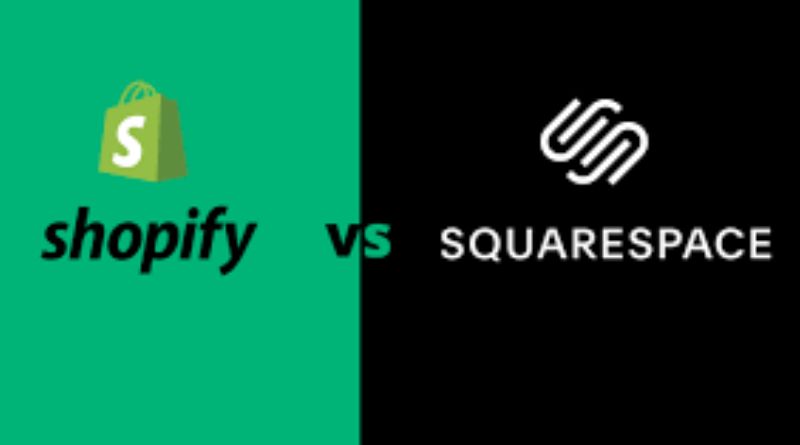In an age where everyone seems to be selling their wares online, many entrepreneurs are choosing to use an eCommerce platform to take care of everything from design to shipping. If you’re looking to start your own online store, you’ll need to choose between two of the top eCommerce platforms in the world: Shopify and Squarespace. Both platforms allow you to easily set up an online store, but that’s where the similarities end – each one also comes with its own special features and unique pros and cons.
My Experience With Shopify
I signed up for a Shopify trial account last year. I found it easy to get started and liked how it was straightforward and user-friendly. I also liked that you can sell on eBay and Amazon while you’re running your store through Shopify. You don’t have to manage anything yourself. Your inventory is automatically synced across all three sites, so you don’t have to worry about updating product information on different sites manually. One thing I noticed is that you have to be an excellent writer with perfect grammar if you want customers who are browsing your product descriptions on mobile devices to stay interested in what you’re selling. Sometimes my grammar got in the way when writing listings because they had to be in perfect English or contain correct spelling–I’m not an expert in these things!
Pricing Structure
Squarespace’s most basic plan starts at $8/month, while Shopify charges a 14% transaction fee and monthly plans start at $29/month. When we ran our numbers, we found that Shopify came out ahead in most scenarios. At $14.04/sale when using a Shopify plan, it was cheaper than Squarespace even after adding hosting and other expenses for our site to exist. If you sell an average of 2 items per day (worth $500), your profit margin would be about 18%. Compare this to the 3% average profit margin with Squarespace. Unless you need functionality like Custom CMS or eCommerce subscriptions not offered by Shopify, it might make sense to give them a try!
Alternatives to Shopify
There are a ton of different eCommerce platforms on the market, and if you’re looking for something outside of Shopify there are plenty to choose from. Here’s some helpful information on each alternative and what their strengths might be.
1) Magento is a common option that supports both open sources and hosted versions with great backend management tools like CSV import. It also has an open API for customization with thousands of extensions available for anything from analytics to payment processing services.
2) Wix Shopping is designed as a full-service platform that integrates seamlessly with your existing Wix website or blog – including powerful online content creation tools, social media marketing plugins, catalog mode design interfaces, and much more.
My Experience with Squarespace
I did some research on how to set up my own e-commerce site and found out that there are a few different platforms that could be used. Shopify, Squarespace, and Wix were among some of the sites I checked out. I ended up choosing Squarespace because it was really easy to use, has lots of templates, and is not overly expensive.
I think Squarespace is a great option for anyone who needs an easy way to set up their website.
Alternatives to Squarespace
If you don’t like a few things about Squarespace’s platform or want to use a different provider, there are other options. You could go with Shopify, which is one of the most popular and affordable platforms on the market. However, you may need a developer to customize it to fit your needs if you’re looking for something specific that it doesn’t offer.

Leave a Reply